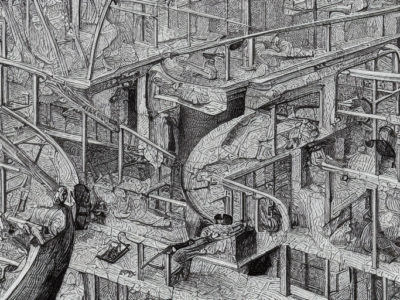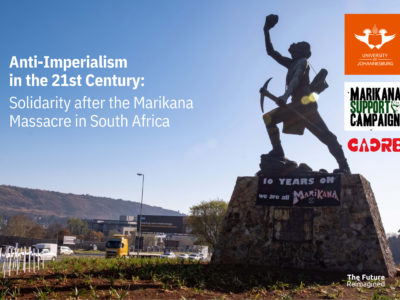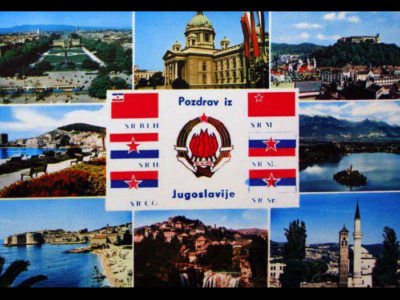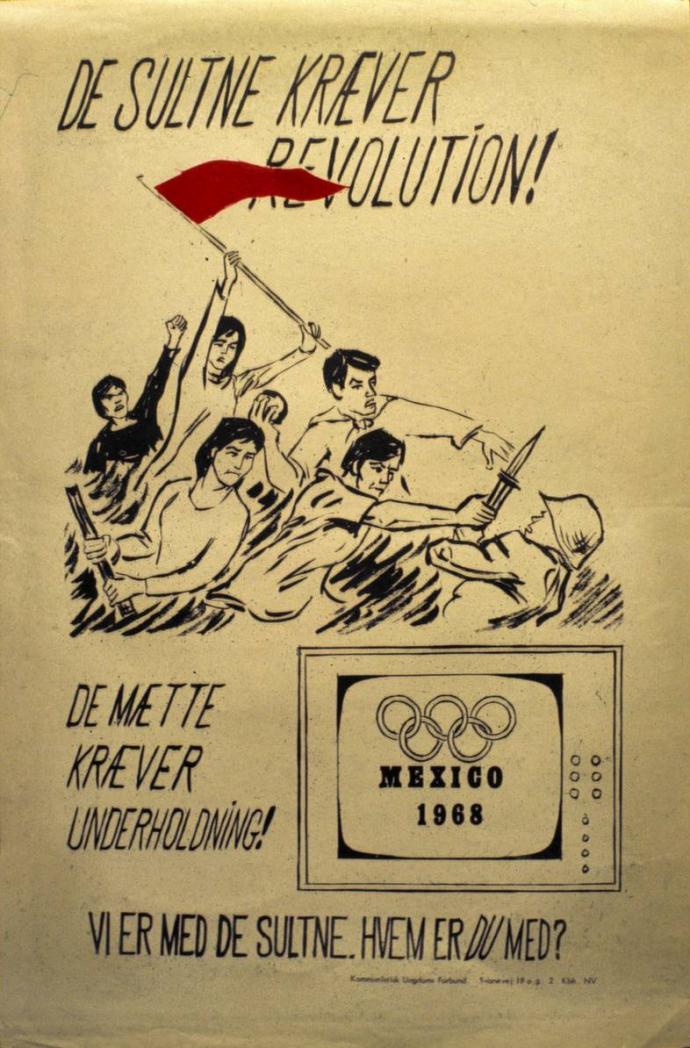The history of the development of capitalism in Denmark is the history of the development of the bourgeoisie. This Danish bourgeoisie is not a “classic” industrial bourgeoisie, as in England. The conditions were simply not present: no raw materials for heavy industry, no larger home market, and finally the state of small scale industry that, after all, grew up in crushing competition, not least from England. Then, finally, at the end of the 19th century, came an industrial development, partly based on agricultural raw materials – first slaughterhouses, but also the production machines and equipment for agriculture; finally, a thoroughly industrial agricultural sector.
The Danish bourgeoisie emerged as a trading bourgeoisie mainly based on shipping. From the late 16th century, Denmark developed a relatively strong position in international trade. Denmark had acquired colonies and trading posts in the East Indies, West Africa and the Caribbean. It played a significant role in the trade and transportation of African slaves to North America. In 1660, absolute monarchy is introduced in Denmark. As a result, the landowning aristocracy no longer held sovereign rule, and the emerging commercial and trade bourgeoisie secured its political influence via the power sharing agreement that absolute monarchy embodies as a transitional state form. In the latter part of the 1700s, this commercial bourgeoisie is dominated by the big wholesalers based mainly in Copenhagen. Initially they were participants in the absolutist state’s various trade and colonial companies, later they became more independent trading houses.
The prosperity that the trade bourgeoisie experienced from around 1750 is due to Denmark’s neutrality in the period’s many wars among the rival trading nations—England, France, Germany, Holland and the United States. Denmark’s neutral shipping fleet could act on both sides of the front and serve the belligerent countries and their colonies with trade and transport. The Danish colonies were bestowed with an extraordinary significance as a reloading center for contraband. The Danish flag became a flag of convenience.
The same leading clique appears in the administration of the absolute monarchy and in Copenhagen trade. Absolutism supported the trading houses in a pinch, and the Copenhagen merchants, in their turn, were shareholders in different companies overseen by the monarchy. Customs legislation discriminated all foreign trade and shipping, and the country’s foreign policy was determined on the premise of war profiteering: neutrality.
However, in a larger European perspective this is not a strong position. The trading bourgeoisie depends on what, and with whom, they can trade. They are always forced to ally with a “productive partner” on one side, and a “customer” on the other side. “Productive partners” and “customers” presented themselves in bulk in Europe and abroad during the flourishing trade period in the 18th century, but with the end of international wars and the British Empire’s dominance, this option disappeared. The trading bourgeoisie then had no other possibility to exist than to be an intermediary between burgeoning agriculture export and the fast-growing UK market.
This development, however, has some prerequisites. The liberal trading bourgeoisie must prevent the feudal class from converting their land into lease farms, which would be an economic basis for a conservative class of landowners’ political power as in England. The trading bourgeoisie focused on converting the former tenant farmers into independent small and medium-sized proprietors. Already, during the flourishing trade period, the trading bourgeoisie had teamed up with the small and medium sized farmers, but with the end of the period of relatively free international trade, the bourgeoisie’s fate was directly and inextricably linked to the fate of the development of the small and medium size peasant class.
The liberal bourgeoisie, headed by Orla Lehmann, entered into an alliance with the farmers in 1846 in the form of “The Society of the Friends of Peasants”. The days of Absolutism were now numbered. The contradiction between the feudal hangers-on (in the form of the landowners) and capitalism (in the form of an alliance between the bourgeoisie and the peasantry) had reached a point wherein the latter is so dominant, that the absolutist state’s power appeared as an obstacle to the further development of capitalism. The bourgeoisie were, however, a weak ruling class. It was clearly reflected in the political struggles that abolished feudalism and the absolute monarchy. In Denmark, there were never “French conditions”, where the aristocracy and absolute monarchy were physically removed. Absolutism was, to a large extent, an expression of the bourgeoisie’s need to share power with the landlords.
With land reforms the bourgeoisie enforces the strengthening of an independent class of farmers at the expense of the big landowners. However, in the same breath, by guaranteeing the landowners a class of small peasants (husmænd), with so little land that they have to supplement their income by working for the landlord, they replaced the lost tenants. The farmers were thereby split into two classes. Moreover, the landlords were allowed to earn a huge profit on the land reform, and were finally given a privileged position in the political assembly, the “stænderforsamling”. The big landowners were not broken, they were bent.
By 1848, the landlords had become so docile that absolutism decided to abolish itself in a secret State Council meeting, just as the illustrious “people’s processions” were on their way to Christiansborg—the Kings residence—to demand a “free constitution”. When the protest procession against the absolute monarchy heard about the king’s decision, the protest march turned into a tribute to the king to celebrate his implementation of the new constitution.
In the following period, a faction of the farmers established itself as a petty-bourgeois faction of the bourgeoisie, closely linked to the emerging industrial bourgeois, while at the same time repudiating the trading faction of the bourgeoisie, its own midwife. The Danish bourgeoisie was now fully formed, a peculiar mixture of the rural and urban bourgeoisie represented by the Liberal Party (Venstre). You can still trace reminiscences of this division of the rural and urban bourgeois constellation in the party today.
With this kind of bourgeoisie in power, the framework was set for a new development of the productive forces, especially in the agricultural and dairy machinery sector. The Industrial breakthrough in Denmark occurred in the period 1855-75. Infrastructure developed, with rail and steamship routes linking agricultural production to foreign markets, England and Germany principle among them. The foundation was then cast on which the further development of capitalism would take place.
The main contradiction was, at this point, between the bourgeoisie and the emerging working class. The new wave of industrialization created poor workers, especially in Copenhagen, where conditions were miserable in the newly established working-class areas I Nørrebro and Vesterbro. The working day was 12 hours, free on Sundays. There existed no safety regulations in the workplace. Large parts of the population were excluded from voting. In Copenhagen, only 6% participated in the parliamentary election of 1870. Women, along with so-called fools, criminals, servants and the poor (those with no property) could not vote.
In 1872 the bricklayers launched a strike that demanded a reduction in working hours. On behalf of the International Workingmen’s Association, Louis Pio called for a support meeting at Nørrefælled (the North Common) in Copenhagen on May 5, 1872. The night before the meeting, police arrested three leaders of the Danish branch of the First International, Louis Pio (1841-1894), Harald Brix and Paul Geleff. The intervention resulted in a major confrontation between workers and police in Copenhagen, subsequently known as the ‘Battle of the Commons”. The International was banned and the government tried to suppress the socialists without success. Still more unions were formed, and in 1878, the Social Democratic Party was founded. It was to be the last dramatic confrontation between the workers and the state.
Through the rapidly growing export of processed agricultural products to England around the turn of the century, the Danish bourgeoisie’s rule is lubricated with fat, easy profits from British colonialism. Eventually the Danish working class gets their share of the profit through trade union and political struggles. The parasite state was thus formed as a power sharing agreement between the bourgeoisie and working class arbitrated by the Social Democratic party, but only after the working class had duly been “castrated” in the “September agreement” of 1899. The settlement was a pact between trade unions and the employers’ association. The unions accepted the employers’ right to manage and direct labor, and employers accepted and praised the trade union movement. Further, it was established that disputes should be resolved through negotiation and mediation, but if this did not lead to a result that could be heard before the court, then strikes and struggles had to cease. The class struggle was fixed in an institutional framework. Thus, it is the division of powers between the classes that provide Danish history in the 18th century with its relative peace. We had no showdown with the nobility a la the French Revolution of 1789, nor the violent bourgeois revolutions that convulsed Europe in 1848, not to speak of a Paris Commune. Danish political development was made, as the poet writes “On the plain, on a regular basis—not in the sky.” This relatively peaceful trend in Danish history is maintained into the 21st century.








